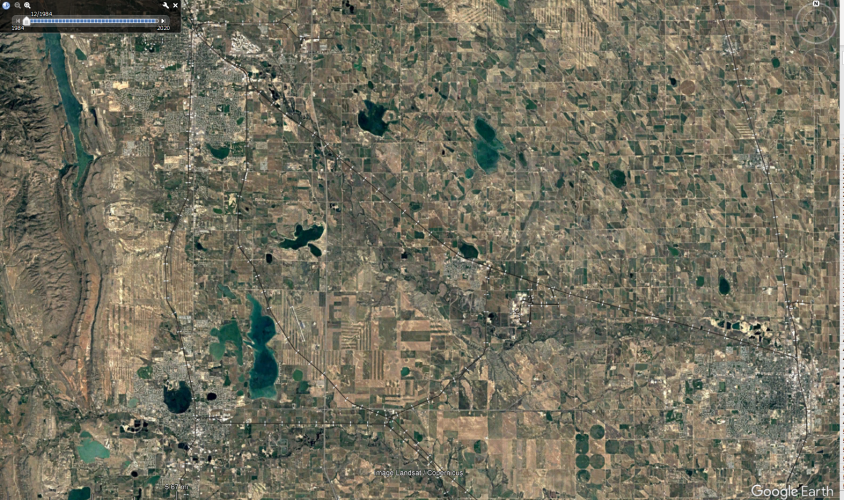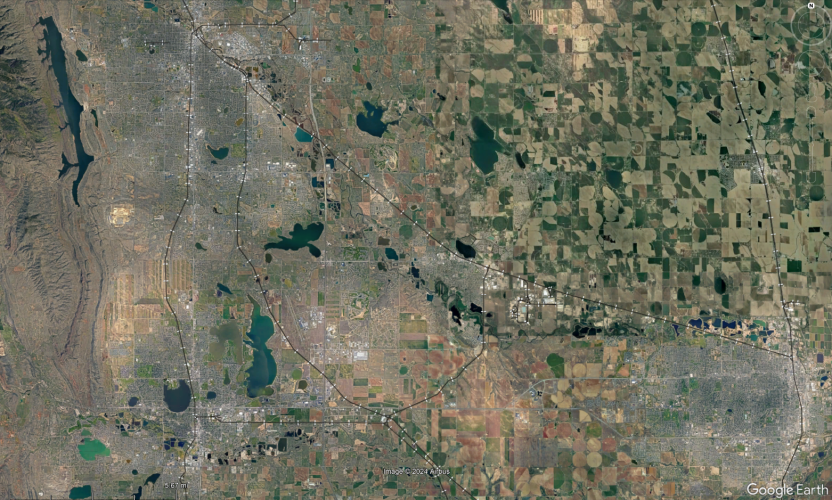seeth07
Well-known member
Again, you are letting your local bias and situation significantly impact your feelings on the issue. There is serious warrant to it and how it impacts hunter numbers but the data chart provided above does not need to have "huntable acres" depicted on it as the national level because you would see a pretty near flat lineI'd disagree. I'd say it's pretty significant. Especially when you go back to 1960 around bigger town and cities. There have been the bigger part of counties that were developed since then that were once huntable. Add to the fact that now instead of most guys hunting a family or friends forty doesn't happen near as much. Now one or two guys control access to hundreds of acres. Even the same huntable acres from 60 years ago don't equate the same way they used to. It may be a separate issue but it's far and wide the number one reason anytime someone hangs it up or hunts less which is what the thread is about.






